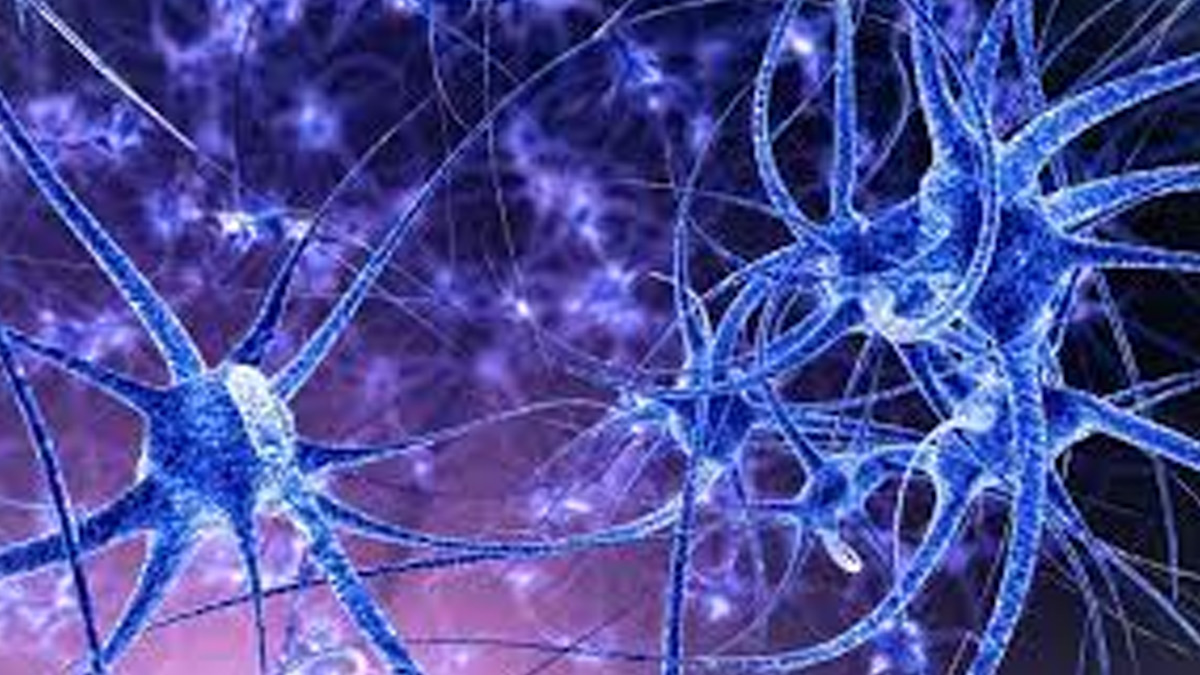-1733988740108.webp)
Television and film actress Hina Khan has always been candid about her personal and professional challenges. Recently, she shared a deeply personal aspect of her life—her struggle with neuropathic pain, a condition that has added complexity to her already challenging battle with cancer and chemotherapy. During her first trip to Ahmedabad since beginning chemotherapy, Hina revealed how this pain impacts her daily activities and how she strives to manage it.
Table of Content:-
Hina’s Experience with Neuropathic Pain
Hina’s journey with chemotherapy hasn’t been without its hurdles, with neuropathic pain emerging as a significant side effect. This condition, often resulting from nerve damage, has caused numbness and discomfort, especially in her legs. In a heartfelt video, Hina opened up about the toll this has taken on her, stating, “Legs ekdum numb hojate hai, so I will rest in the hotel before I can go about the rest of the day.”
Her honesty sheds light on the often-overlooked challenges faced by individuals undergoing chemotherapy. For Hina, this trip to Ahmedabad was a mix of excitement and difficulty, as she carefully balanced her physical limitations with the demands of travel.
-1733988884008.jpg)
The Relief of Hot and Cold Water Therapy
To alleviate the discomfort caused by neuropathic pain, Hina has been relying on hot and cold water therapy. This non-invasive method alternates between warm and cold water applications to reduce pain and promote recovery. The simplicity of the treatment, which requires water at around 40°C for warmth and 13°C for cold, makes it an accessible option for many.
Also Read: Munawar Faruqui Reveals His Son’s Kawasaki Disease Diagnosis, Says " I needed Rs 75,000 but..."
Hot and cold therapy sessions typically last 15–30 minutes and are done two to three times daily. The process works by leveraging the contrasting effects of heat and cold. Warm water relaxes muscles, improves blood flow, and eases stiffness, while cold water numbs pain, reduces inflammation, and soothes muscle spasms. Together, these actions enhance circulation, alleviate swelling, and encourage tissue recovery.
View this post on Instagram
Understanding Neuropathic Pain During Chemotherapy
Neuropathic pain is a common side effect of chemotherapy drugs like paclitaxel and cisplatin. These treatments, while effective against cancer, can inadvertently damage nerves, leading to symptoms such as burning, tingling, or sharp shooting pains. The condition arises from nerve inflammation, oxidative stress, and damage to the nerve cells’ protective layers.
For patients like Hina, managing neuropathic pain involves addressing both immediate discomfort and underlying nerve damage. Alternating heat and cold can play a crucial role in this process by reducing oxidative stress, promoting blood flow, and easing muscle tension.

Other Strategies for Managing Neuropathic Pain
While hot and cold therapy offers significant relief, it is often part of a broader pain management strategy. Additional approaches include:
- Medications: Prescription drugs like gabapentin or pregabalin are commonly used to manage neuropathic pain by stabilizing nerve activity.
- Topical Treatments: Lidocaine patches can provide localized pain relief for specific areas of discomfort.
- Physical Therapy: Exercises designed to strengthen muscles and enhance mobility can help mitigate the impact of neuropathy on daily activities.
- Lifestyle Adjustments: Incorporating stress management techniques, adopting a balanced diet, and engaging in regular low-impact exercise can improve overall well-being and resilience against pain.
Moving Forward with Resilience
Hina Khan’s candidness about her battle with neuropathic pain is a testament to her strength and determination. By sharing her story, she not only raises awareness about the hidden struggles of cancer patients but also offers hope and practical advice to those facing similar challenges. As she continues her journey, Hina’s openness serves as an inspiration, reminding us all of the importance of resilience and self-care in the face of adversity.
Also watch this video
How we keep this article up to date:
We work with experts and keep a close eye on the latest in health and wellness. Whenever there is a new research or helpful information, we update our articles with accurate and useful advice.
Current Version